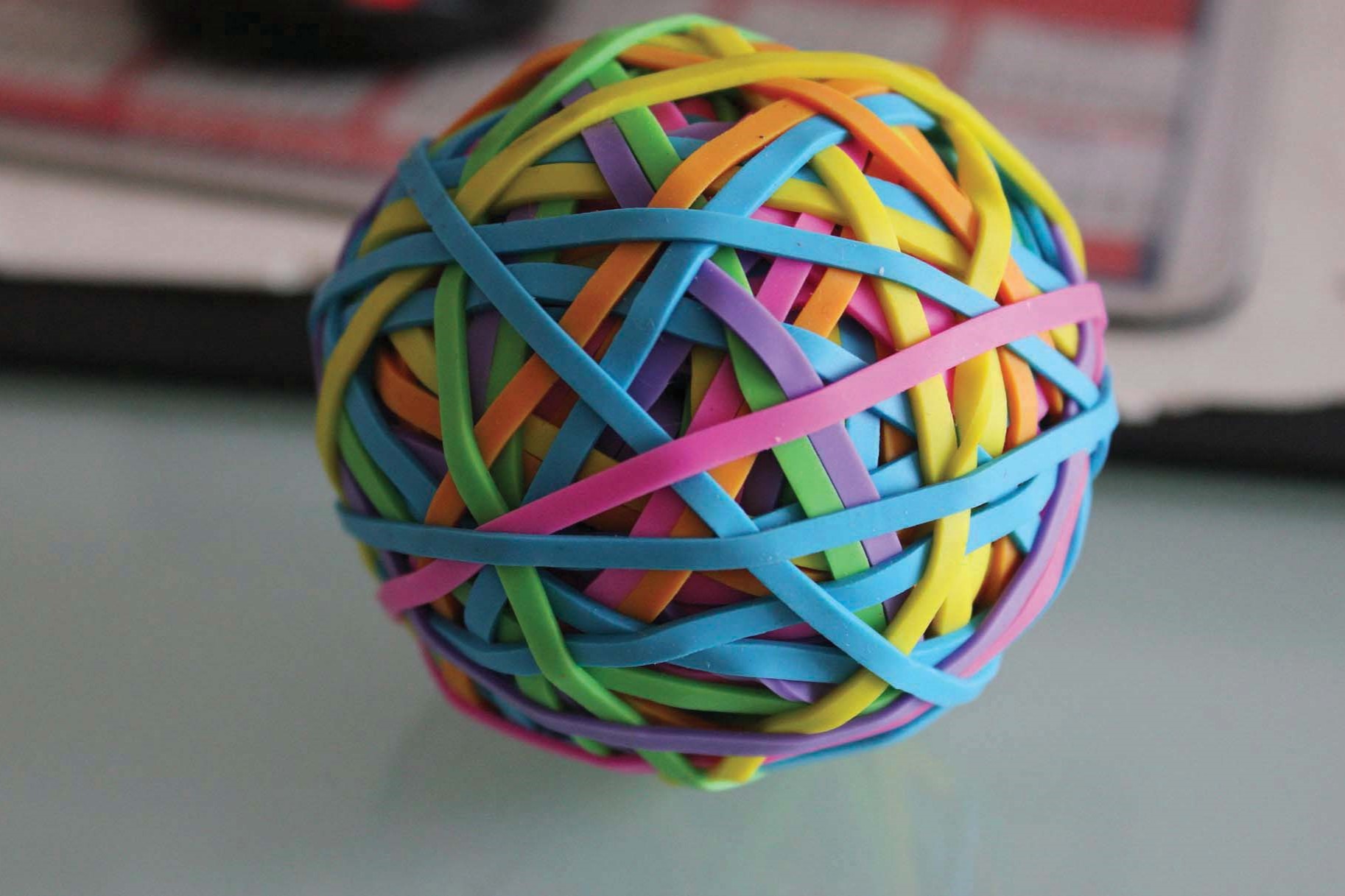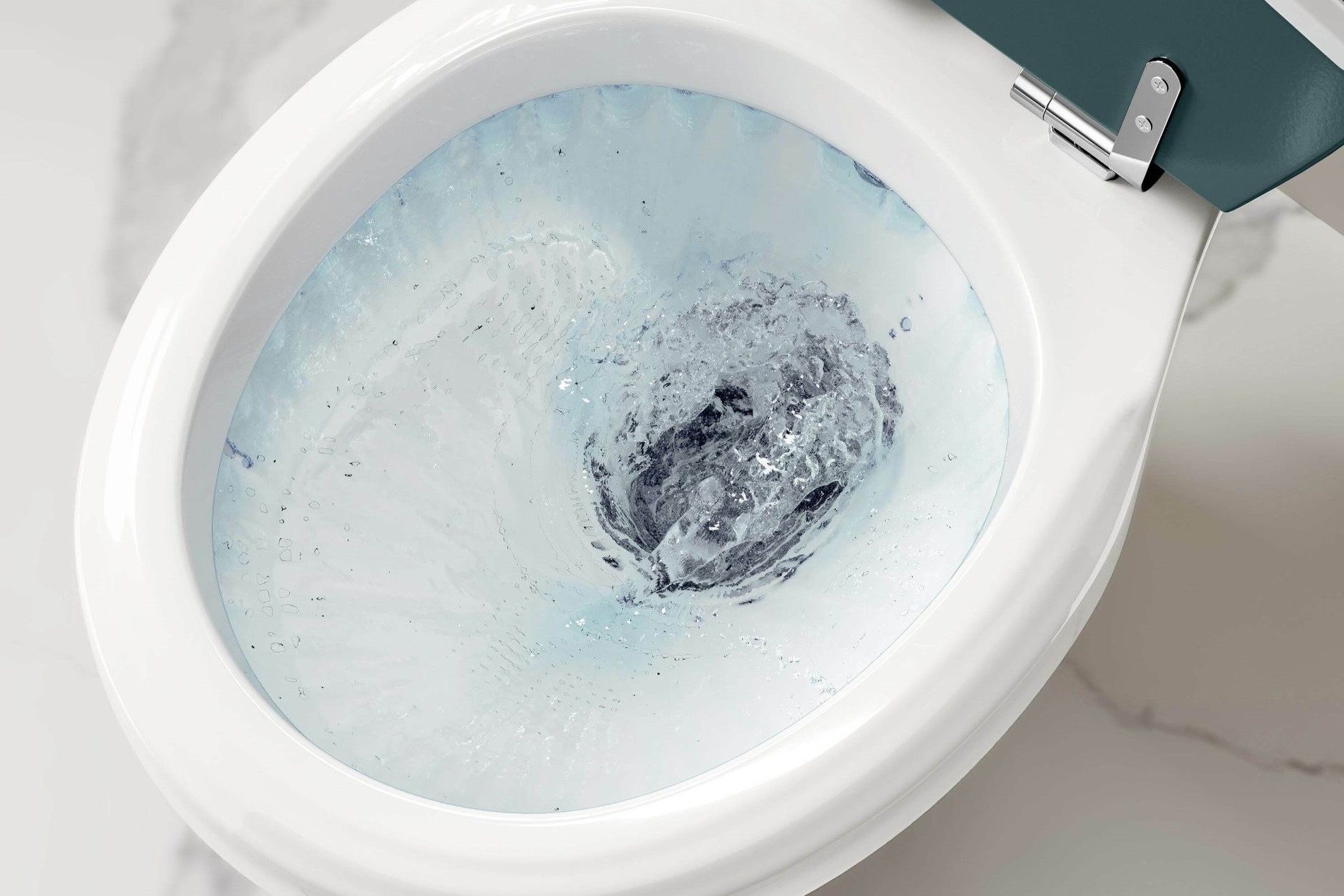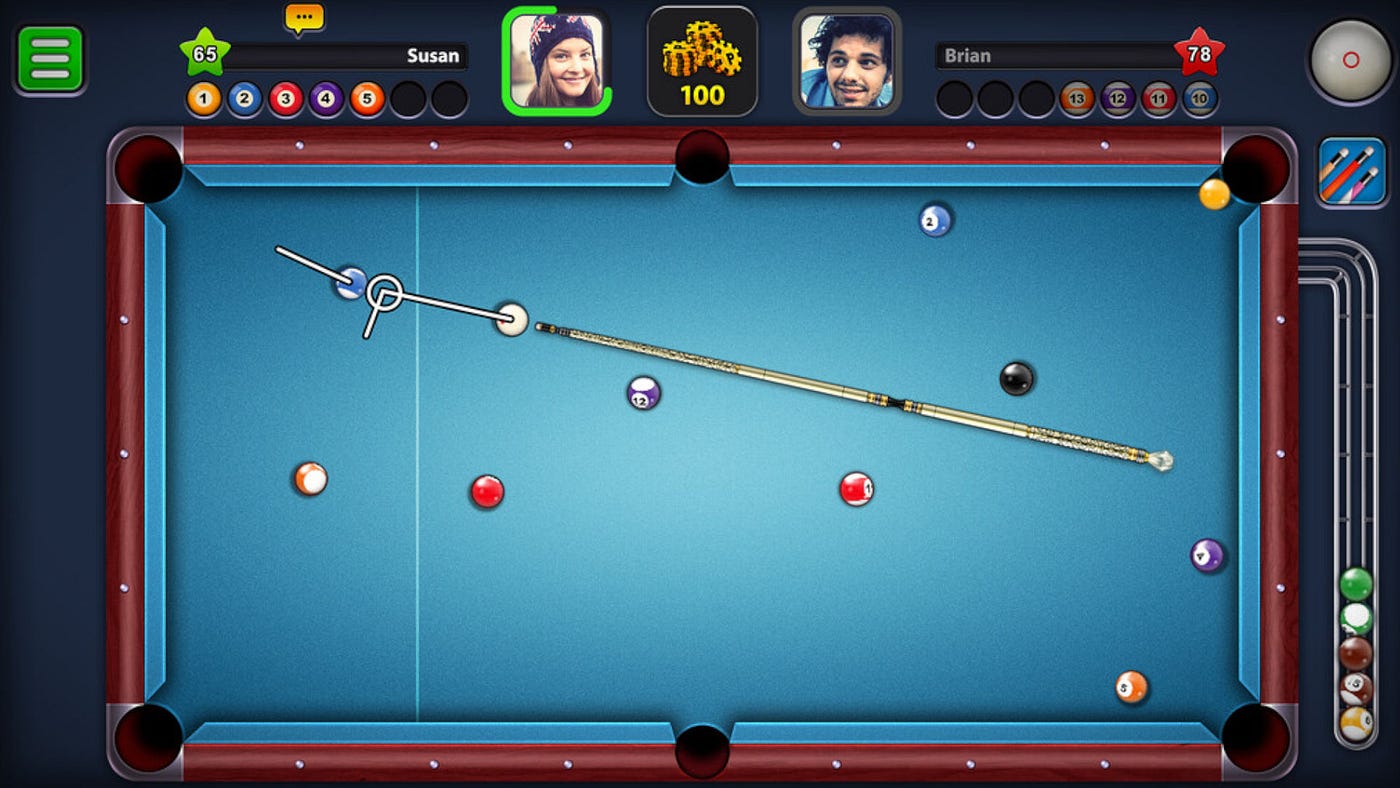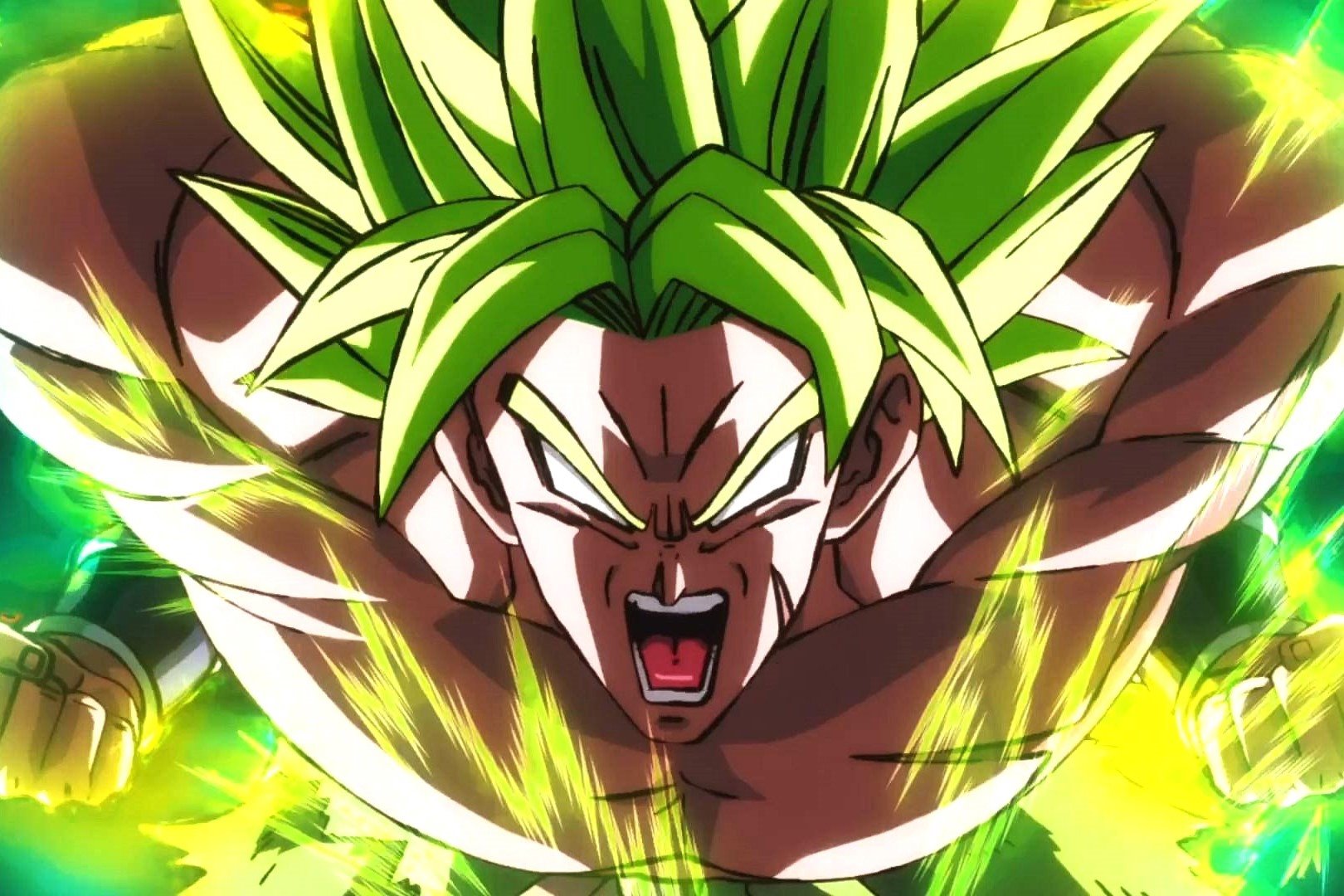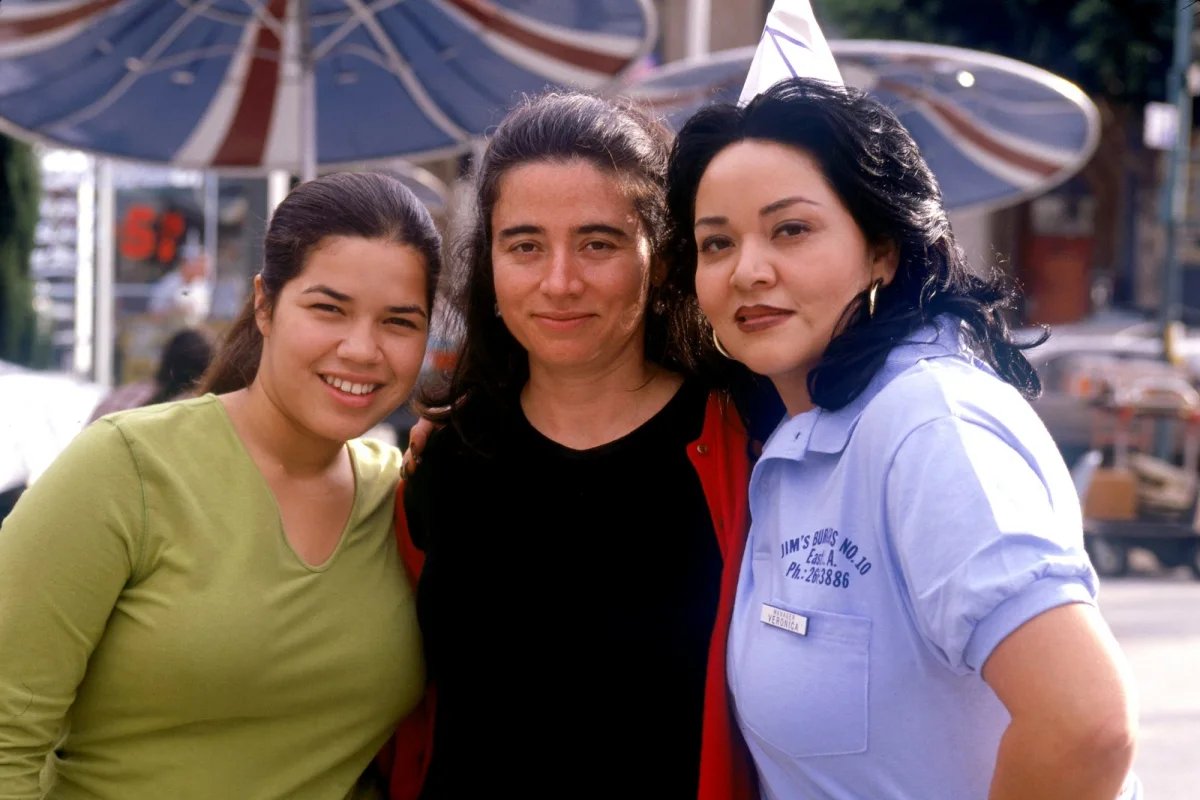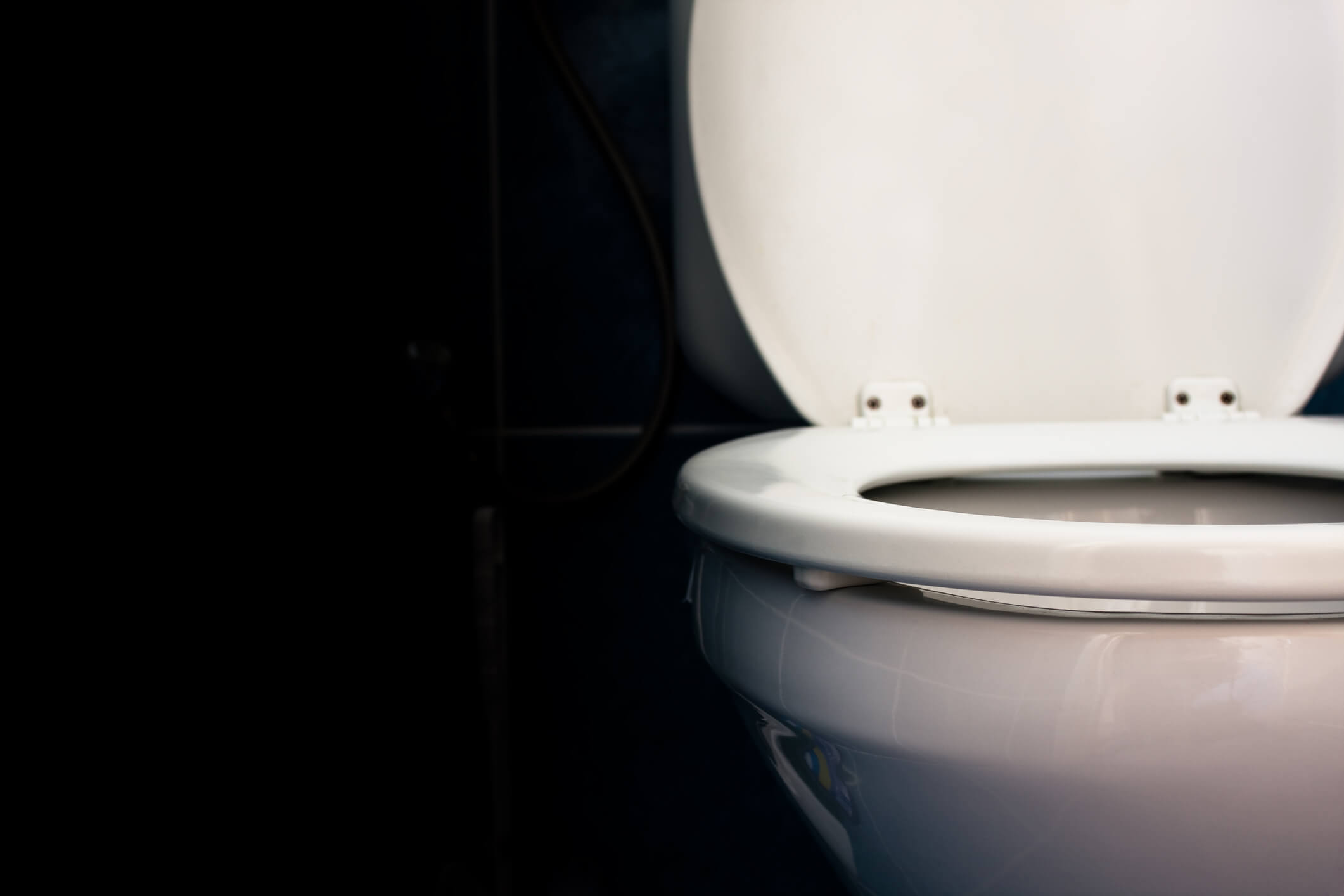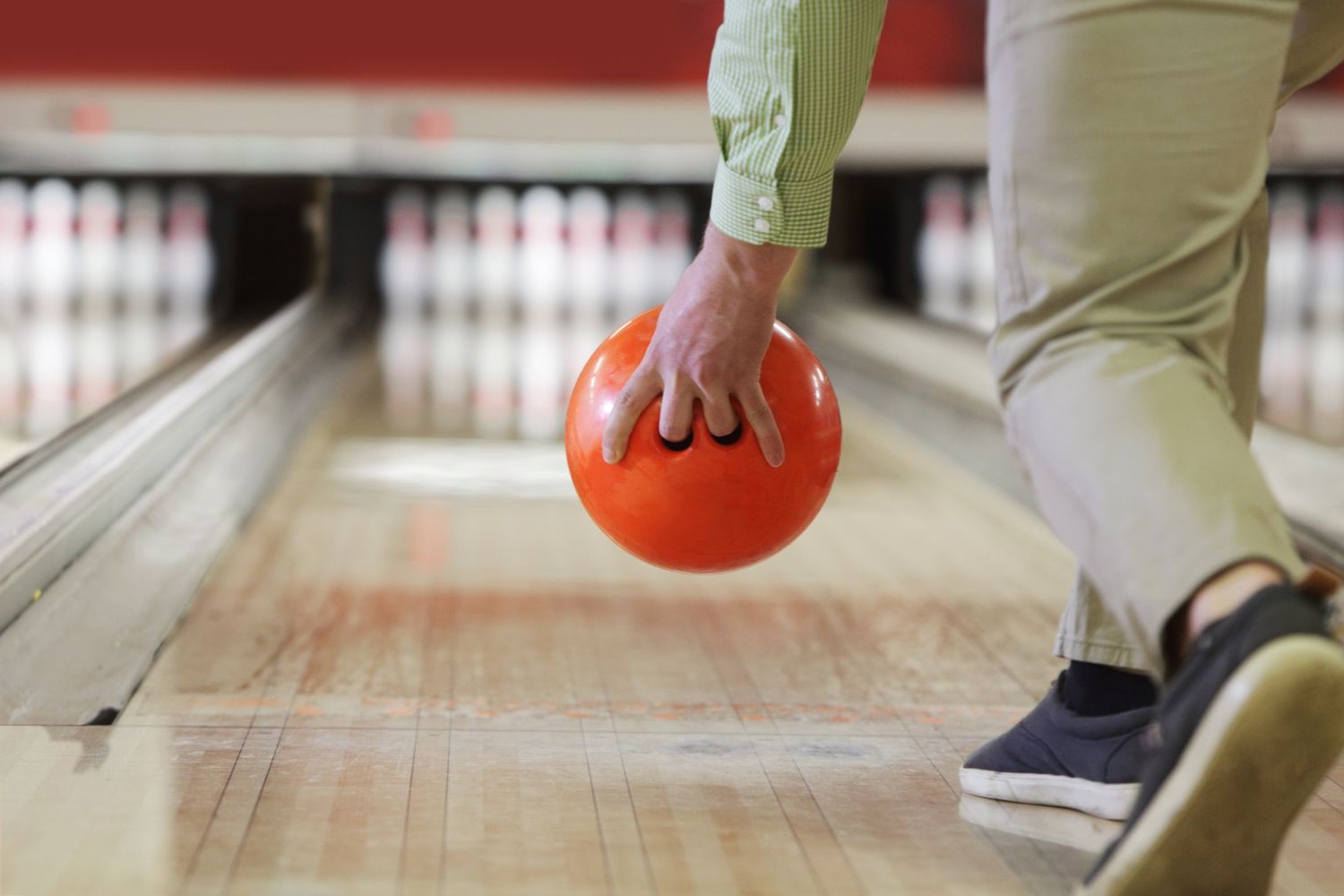

Sports
How To Curve A Bowling Ball
Published: February 25, 2024
Learn the techniques to curve a bowling ball like a pro! Improve your sports skills with our expert tips and tricks.
(Many of the links in this article redirect to a specific reviewed product. Your purchase of these products through affiliate links helps to generate commission for Noodls.com, at no extra cost. Learn more)
Table of Contents
Introduction
Bowling is a timeless sport that combines skill, precision, and strategy. Whether you're a casual bowler or a seasoned enthusiast, mastering the art of curving a bowling ball can significantly elevate your game. The ability to curve a bowling ball allows you to maneuver around obstacles, target specific pins, and achieve a higher strike rate. In this comprehensive guide, we will delve into the intricacies of curving a bowling ball, providing valuable insights and techniques to help you enhance your performance on the lanes.
Curving a bowling ball, also known as hooking, involves imparting a rotational spin on the ball as it travels down the lane. This spin causes the ball to veer off its initial trajectory, creating a curved path towards the pins. While it may seem daunting at first, mastering the art of curving can be immensely rewarding and add a new dimension to your bowling prowess.
Throughout this guide, we will explore the fundamental principles behind curving a bowling ball, including the importance of selecting the right ball, refining your grip and release technique, and making strategic adjustments to your approach and angle. Additionally, we will discuss the significance of consistent practice and offer valuable tips for honing your curving skills.
Whether you're aiming to impress your friends during a casual game or striving to excel in competitive bowling leagues, understanding how to curve a bowling ball is a valuable asset. By mastering this technique, you can gain a competitive edge, increase your strike potential, and elevate your overall enjoyment of the sport.
Join us on this enlightening journey as we unravel the secrets of curving a bowling ball, empowering you to unleash your full potential on the bowling alley. Let's embark on this exciting exploration of curving techniques and strategies, paving the way for a more exhilarating and rewarding bowling experience.
Read more: How To Kick A Soccer Ball
Understanding the Basics of Curving
Curving a bowling ball is a skill that can significantly impact your performance on the lanes. At its core, curving involves imparting a rotational spin on the ball, causing it to deviate from its initial trajectory and follow a curved path towards the pins. Understanding the basics of curving is essential for bowlers looking to enhance their game and achieve greater success.
The key to curving a bowling ball lies in the concept of revolutions. When a ball is released with a rotational spin, it creates friction with the lane surface, resulting in a hook motion. This hooking action enables the ball to navigate around obstacles and effectively target specific pins, increasing the likelihood of achieving a strike.
To achieve a consistent and effective curve, it's crucial to understand the influence of factors such as ball speed, rev rate, and axis tilt. Ball speed directly impacts the ball's reaction on the lane, with a slower speed often resulting in a more pronounced hook. Rev rate, referring to the number of revolutions the ball makes as it travels down the lane, plays a pivotal role in determining the degree of hook. Additionally, the axis tilt, which refers to the angle at which the ball rotates, can significantly influence the ball's path and hook potential.
Furthermore, the oil pattern on the lane surface plays a critical role in curving a bowling ball. Different oil patterns, such as the house shot or sport shot, require varying approaches and adjustments to achieve an optimal curve. Understanding how the ball interacts with the oil pattern and adapting your technique accordingly is essential for mastering the art of curving.
In addition to technical aspects, understanding the basics of curving also involves recognizing the importance of body positioning, arm swing, and release mechanics. Proper alignment, a smooth and controlled arm swing, and a consistent release are fundamental elements that contribute to a successful curve.
By comprehending these fundamental principles of curving, bowlers can lay a strong foundation for honing their skills and elevating their performance on the lanes. With a solid grasp of the basics, bowlers can progress to mastering more advanced curving techniques and strategies, ultimately enhancing their overall proficiency and enjoyment of the sport.
Choosing the Right Bowling Ball
Selecting the right bowling ball is a pivotal step in mastering the art of curving. The characteristics of the ball, including its weight, coverstock, and core design, significantly influence its performance and the potential for achieving an effective curve. When choosing a bowling ball, several key factors should be considered to ensure an optimal fit for your curving technique.
Weight
The weight of the bowling ball is a crucial consideration that directly impacts your ability to curve it effectively. It's essential to choose a ball that is neither too heavy nor too light, as an improper weight can hinder your control and accuracy. For most adult bowlers, a ball weighing between 14 to 16 pounds is commonly preferred. However, it's important to select a weight that feels comfortable and allows you to maintain a smooth and controlled release during your approach.
Coverstock
The coverstock of the bowling ball plays a significant role in its interaction with the lane surface and the potential for generating friction. Reactive resin coverstocks are popular choices for curving due to their enhanced gripping ability on the lane, promoting a more pronounced hook motion. Additionally, hybrid and pearl coverstocks offer varying degrees of traction and backend reaction, allowing bowlers to tailor their curve to suit different lane conditions.
Read more: How To Rack Pool Balls
Core Design
The core design of the bowling ball influences its overall motion and hook potential. Symmetrical cores provide a consistent and controllable hook, making them suitable for bowlers seeking a balanced and predictable curve. Conversely, asymmetrical cores offer increased flare potential and dynamic hooking action, catering to bowlers looking to achieve a more aggressive and angular curve. Understanding the characteristics of different core designs empowers bowlers to select a ball that aligns with their curving preferences and playing style.
Custom Fitting
Ensuring that the bowling ball is custom-fitted to your hand is essential for optimizing your grip and release technique. A properly fitted ball enhances comfort, control, and consistency, allowing you to execute a smooth and fluid release while curving. Custom fitting involves selecting the appropriate finger and thumb hole sizes, as well as considering factors such as span and pitch to create a personalized fit that complements your curving approach.
By carefully considering these factors and selecting a bowling ball that aligns with your curving goals and playing style, you can set the stage for honing your curving skills and achieving greater success on the lanes. The right bowling ball serves as a valuable tool in your quest to master the art of curving, providing the foundation for executing precise and effective hooks that can elevate your bowling performance to new heights.
Proper Grip and Release Technique
Achieving a proper grip and mastering the release technique are essential components of curving a bowling ball with precision and consistency. The grip serves as the foundation for control and stability, while the release technique directly influences the ball's rotational spin and hook potential. By understanding and refining these fundamental aspects, bowlers can enhance their ability to execute effective curves and optimize their overall performance on the lanes.
Grip
The grip of the bowling ball is a critical element that directly impacts the bowler's control and ability to impart the desired rotational spin. A secure and comfortable grip is essential for maintaining stability throughout the approach and release. When establishing the grip, it's important to ensure that the fingers are inserted into the finger holes with a firm yet relaxed hold, allowing for a natural and unhindered release. Additionally, the positioning of the thumb plays a crucial role in achieving a consistent and smooth release. A well-fitted thumb hole facilitates a clean and controlled exit of the ball from the hand, minimizing any potential disruptions to the rotational spin.
Read more: How To Watch The Super Bowl
Finger Positioning
Proper finger positioning within the finger holes is key to achieving a stable and balanced grip. The fingers should be inserted into the holes up to the first knuckle, maintaining a relaxed and slightly spread position. This positioning promotes a secure hold on the ball while allowing for a fluid and controlled release. Ensuring that the finger holes are custom-fitted to accommodate the specific dimensions of the bowler's fingers is essential for optimizing grip comfort and stability.
Release Technique
Mastering the release technique is paramount for imparting the desired rotational spin and generating an effective curve. The release should be executed with a smooth and consistent motion, allowing the fingers to gradually exit the finger holes while the thumb disengages from the thumb hole in a controlled manner. This controlled release facilitates the transfer of rotational energy to the ball, initiating the hooking action as it travels down the lane. Additionally, maintaining a relaxed and unhurried release motion contributes to a more natural and fluid spin, enhancing the ball's overall hook potential.
Wrist Position
The positioning of the wrist during the release is a crucial factor in determining the degree of rotational spin imparted on the ball. Maintaining a slightly cupped wrist position at the point of release promotes a clean and efficient transfer of energy, facilitating a smooth and controlled hook motion. The wrist position should remain stable and consistent throughout the release, allowing for a seamless transition of energy from the bowler's hand to the ball.
By focusing on refining the grip and release technique, bowlers can elevate their ability to curve a bowling ball with precision and confidence. A well-established grip, coupled with a refined release motion, forms the cornerstone of executing effective curves and maximizing the ball's hook potential. Through dedicated practice and attention to these fundamental elements, bowlers can enhance their curving proficiency and unlock new levels of success on the lanes.
Adjusting Your Approach and Angle
Adjusting your approach and angle is a pivotal aspect of mastering the art of curving a bowling ball. By making strategic modifications to your approach and refining the angle of your delivery, you can effectively tailor your curve to suit varying lane conditions and target pin configurations. This section delves into the nuanced adjustments that can significantly impact the trajectory and hook potential of the bowling ball, empowering bowlers to adapt and optimize their curving technique.
Read more: How To Set Up Pool Balls
Approach Alignment
The alignment of your approach sets the stage for executing a successful curve. When aiming to achieve a pronounced hook, positioning yourself on the approach in relation to the target pins is crucial. For right-handed bowlers targeting the pocket between the 1-3 pins, a slightly offset starting position to the right of the approach can facilitate a more angular entry angle. Conversely, left-handed bowlers may benefit from a corresponding offset position to the left. This subtle adjustment in approach alignment can enhance the ball's entry angle into the pocket, increasing the likelihood of a powerful and effective curve.
Angle of Projection
The angle at which the ball is projected down the lane directly influences its path and hook potential. By adjusting the angle of projection, bowlers can fine-tune the trajectory of the ball to navigate around oil patterns and target specific pins with precision. When seeking a more aggressive hook, a slightly steeper angle of projection can promote a sharper entry into the pocket, maximizing the ball's hook potential. Conversely, a more moderate angle of projection may be employed to control the curve and optimize pin carry, particularly in challenging lane conditions.
Body Positioning
Maintaining consistent and balanced body positioning throughout the approach is essential for executing a controlled and effective curve. Proper alignment of the shoulders, hips, and feet plays a critical role in facilitating a smooth and fluid delivery. When adjusting your approach and angle, ensuring that your body positioning remains stable and aligned with the desired trajectory promotes a cohesive and harmonious motion. This alignment contributes to a more seamless transfer of energy to the ball, enhancing the curvature and overall performance.
Lane Read and Adaptation
Reading the lane conditions and adapting your approach and angle accordingly is a dynamic and strategic aspect of curving a bowling ball. Observing the oil pattern, transition zones, and pin carry tendencies provides valuable insights for making real-time adjustments. Adapting your approach and angle based on the evolving lane conditions enables you to optimize the ball's path and hook potential, maximizing your scoring potential and maintaining a competitive edge.
By honing the ability to adjust your approach and angle with precision and adaptability, bowlers can elevate their curving proficiency and excel in diverse bowling environments. These strategic adjustments empower bowlers to navigate challenging lane conditions, target specific pin configurations, and unleash the full potential of their curving technique, ultimately enhancing their overall performance and enjoyment of the sport.
Read more: How To Draw A Soccer Ball
Practicing and Refining Your Curve
Dedicated practice is the cornerstone of mastering the art of curving a bowling ball. By committing to consistent and focused practice sessions, bowlers can refine their technique, enhance their control, and elevate their proficiency in executing effective curves. The process of practicing and refining the curve encompasses a multifaceted approach that encompasses both technical refinement and strategic adaptation.
Repetition and Consistency
Repetition forms the bedrock of refining the curve, allowing bowlers to internalize the mechanics of their approach, release, and ball motion. Engaging in regular practice sessions fosters muscle memory, enabling bowlers to execute a consistent and controlled curve with greater precision. By repeating the curve motion under varying conditions, bowlers can refine their muscle memory and develop a reliable and repeatable curve that can be deployed with confidence during competitive play.
Targeted Drills and Exercises
Incorporating targeted drills and exercises into practice sessions can yield significant improvements in curving proficiency. Drills focusing on grip stability, release consistency, and angle adjustments provide valuable opportunities to fine-tune specific aspects of the curve. Additionally, practicing on diverse lane conditions, such as different oil patterns and lane lengths, exposes bowlers to varying challenges, fostering adaptability and strategic acumen in curving the ball effectively.
Video Analysis and Feedback
Utilizing video analysis tools to capture and review practice sessions can offer invaluable insights into the mechanics of the curve. Analyzing video footage allows bowlers to identify areas for improvement, refine their technique, and make strategic adjustments to optimize their curve. Seeking feedback from experienced coaches or fellow bowlers can provide additional perspectives and constructive guidance for refining the curve, fostering continuous growth and development.
Read more: How To Play 9 Ball
Adaptive Strategy Development
Practicing and refining the curve also involves developing adaptive strategies to accommodate diverse lane conditions and pin configurations. Experimenting with different ball speeds, rev rates, and release variations during practice sessions enables bowlers to expand their repertoire of curving techniques. By honing the ability to adapt their curve to suit specific challenges, bowlers can enhance their versatility and resilience in navigating varying bowling environments.
Mental Focus and Visualization
Cultivating mental focus and visualization during practice sessions is instrumental in refining the curve. Visualizing the desired trajectory and hook path before each delivery enhances mental preparedness and fosters a proactive approach to executing the curve. By maintaining a focused and positive mindset during practice, bowlers can reinforce their confidence in executing the curve under pressure, ultimately translating into improved performance during competitive play.
In essence, practicing and refining the curve demands a holistic and disciplined approach, encompassing technical refinement, strategic adaptation, and mental fortitude. By embracing the iterative process of practice, analysis, and adaptation, bowlers can elevate their curving proficiency, unlock new levels of precision, and embark on a rewarding journey of continuous improvement in mastering the art of curving a bowling ball.
Conclusion
Mastering the art of curving a bowling ball is a transformative journey that empowers bowlers to elevate their performance, enhance their strategic acumen, and unlock new levels of proficiency on the lanes. Throughout this comprehensive guide, we have delved into the intricacies of curving, offering valuable insights, techniques, and strategies to equip bowlers with the knowledge and skills necessary to excel in this dynamic aspect of the sport.
From understanding the fundamental principles of curving to refining grip and release techniques, choosing the right bowling ball, and making strategic adjustments to approach and angle, we have explored the multifaceted elements that contribute to executing effective curves. The importance of dedicated practice and targeted refinement has been underscored, emphasizing the role of repetition, adaptive strategy development, and mental focus in honing the curve to perfection.
By embracing the principles outlined in this guide and committing to consistent practice and refinement, bowlers can cultivate a heightened sense of control, precision, and adaptability in curving the ball. The ability to navigate diverse lane conditions, target specific pin configurations, and optimize the ball's hook potential becomes a tangible reality through the application of the techniques and strategies elucidated herein.
Ultimately, mastering the art of curving a bowling ball transcends technical proficiency; it embodies a fusion of skill, strategy, and mental fortitude. It empowers bowlers to approach each delivery with confidence, creativity, and a proactive mindset, fostering a deeper connection to the sport and a heightened sense of accomplishment.
As bowlers embark on their individual journeys to master the curve, it is essential to embrace the iterative nature of improvement, celebrate progress, and remain open to continuous learning and refinement. The pursuit of mastery in curving is a dynamic and enriching endeavor, offering boundless opportunities for growth, self-discovery, and the realization of one's full potential on the bowling alley.
In conclusion, the art of curving a bowling ball is a captivating fusion of technique, strategy, and artistry. By integrating the principles and insights shared in this guide into their bowling repertoire, bowlers can embark on a transformative odyssey, unlocking new dimensions of performance, enjoyment, and success on the lanes.
